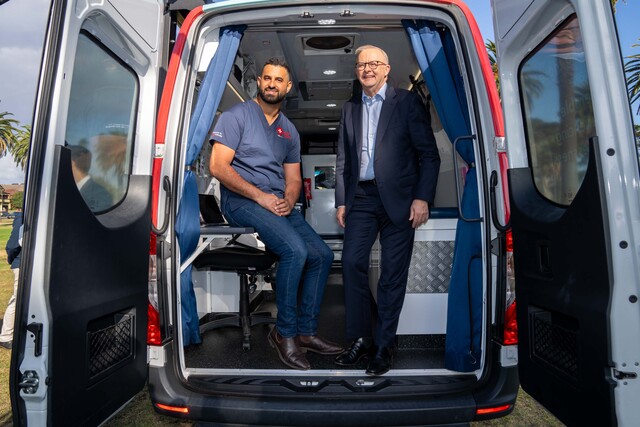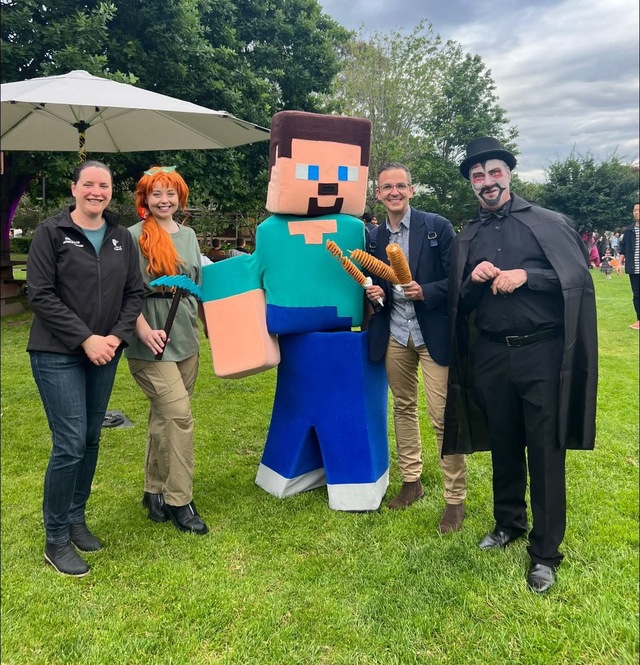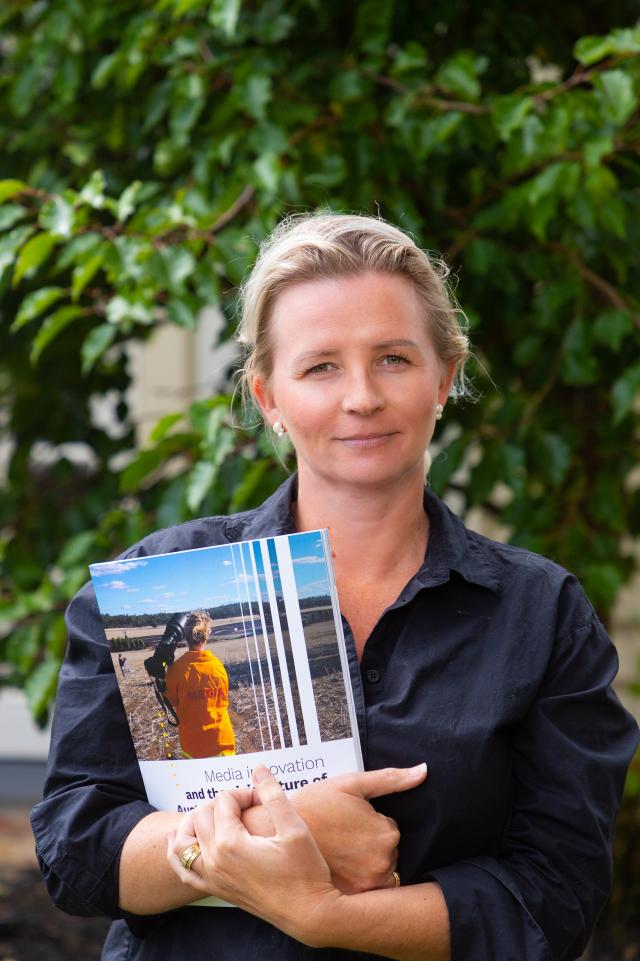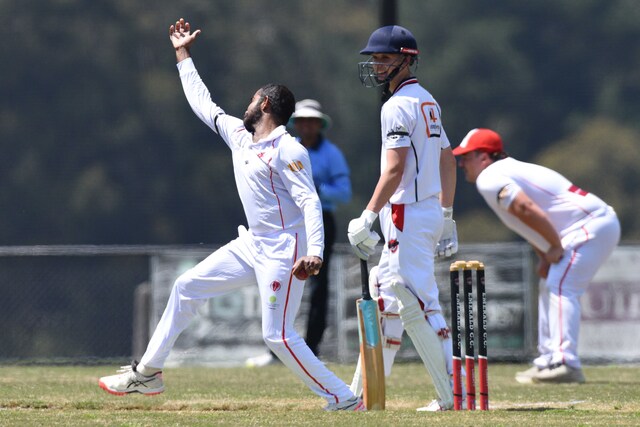By Bridget Cook
A MAN attempting his first sky dive was among six people to survive after a light aeroplane crashed into a creek in Tooradin on Saturday.
The Cessna 206 – carrying the pilot and five skydiving passengers from Commando Skydivers – was attempting to return to Tooradin airfield when it came down into mud flats beside a river leading to Western Port Bay at 2.21pm.
Rescuers were forced to dodge snakes as they walked through mud and mangroves with all their equipment to get to the plane, which came down on a steep angle into the bank of a river about a kilometre from the South Gippsland Highway.
CFA and SES crews spent several hours trying to free the pilot, a man aged about 50, from the wreckage who suffered fractured legs.
He was flown by ambulance helicopter to The Alfred hospital in a serious condition.
A 29-year-old skydiver was flown to the Royal Melbourne Hospital in a stable condition with possible fractured hips.
The other four people from the plane suffered minor injuries and some have chemical burns from the plane’s aviation fuel.
Two people involved in the rescue operation were taken to hospital suffering chemical burns, from coming into contact with the aviation fuel, and hypothermia.
Another 19 people involved in the rescue had to undergo decontamination to have mud and aviation fuel washed off them.
The Civil Aviation Safety Authority will now investigate the crash.
Page 4.
>>> Probe into cause of crash.
>>> Rescuers dodge snakes.
>>>>>
A SENIOR emergency services officer has said that the difficult and hostile natural environment, the dangers of corrosive aviation fuel and the location of the crash site made the rescue the most complex she had been involved in.
Ambulance Victoria Group Manager Carmel Rogers said more than 20 paramedics and two ambulance helicopters were sent to the scene as several emergency services swung into action.
“The helicopters were able to winch-down an intensive care flight paramedic while other ambulance crews walked through mangroves and mud to reach the crash site,” she said.
“An SES boat was used to move people from the plane up the river to the road and a police helicopter winched some of the rescuers out of the water.
Ms Rogers said some of the 19 rescuers who had to undergo decontamination to have mud and aviation fuel washed off them were suffering mild hypothermia from spending several hours in the water.
“Their muddied clothing was removed and they were given disposable overalls to wear,” she said.
“They were then assessed and warmed by paramedics.”
Intensive care paramedic David Llewelyn was among those who had to walk to the crash site.
“We had to trek in about a kilometre with all of the equipment and cross over several tributaries to get to the plane,” he said.
“Rescuers spotted three tiger snakes on the way in.
“The plane was sitting on its belly in a quagmire of waist-deep mud and those who went into the water to assist the injured were caked in sticky mud and also ended up suffering petrol burns from the aviation fuel.”
>>>>>
COMMANDO Skydivers says a full investigation will be carried out into how one of its aircraft crashed after being unable to return to the Tooradin airfield after a failed sky dive.
Vice-President Terry Murphy said the plane was carrying the pilot, a cameraman, three experienced skydivers from the club and a man doing his first tandem skydive.
He said they had gone up to jump, but had decided to return to the ground as they couldn’t see through the clouds, and hit some difficulty on the way in.
“We don’t know what the difficulty was – it will be the cause of much investigation – but the plane has come up short on the runway,” Mr Murphy said.
Mr Murphy praised the efforts of the “cool-headed” pilot, club members who rushed to the scene when they realised the plane had hit trouble and the emergency crews’ speedy response.
He was keen to defend his club’s skydiving safety record saying the crash was a result of a problem with the aircraft rather than a skydiving incident.
“Skydiving was peripheral to it,” he said.
“We have a wonderful track record for safety.
“We have clearly bent our aircraft.
“We have bent but not broken our people, they’ll mend.”






